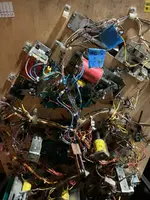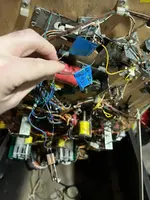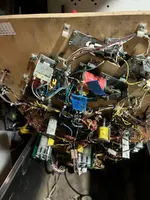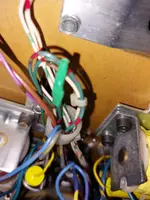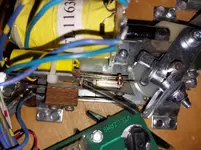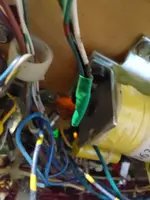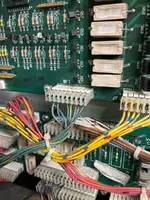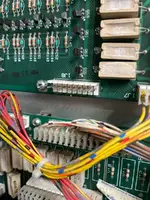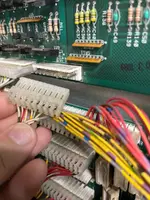GrizzlyNate
Registered
I have a BK 2000 I am working to restore. I have worked on the mpu to get the pin to boot up. I have a ton of relay switches not reading though and both the right flippers not working. When I look under the play field I can tell one of the lamp relay boards is missing so working to replace it. However, I have a green with reddish purple stripes not connected to something and a white and black wire as well. I have figured out one of the green purple is the connection to the rest of the switches I think to the right side but something is missing that they all should be connected too. I also have a switch just dangling and can not figure out where it goes. I am just asking for some underside pictures of the front of the play field to figure out where these wires connect so I can fix that and then start addressing why certain switches are not working. I know the start button switch as well is not registering so this lets me know I have other issues but got to get it all connect first to start tracking it down.

